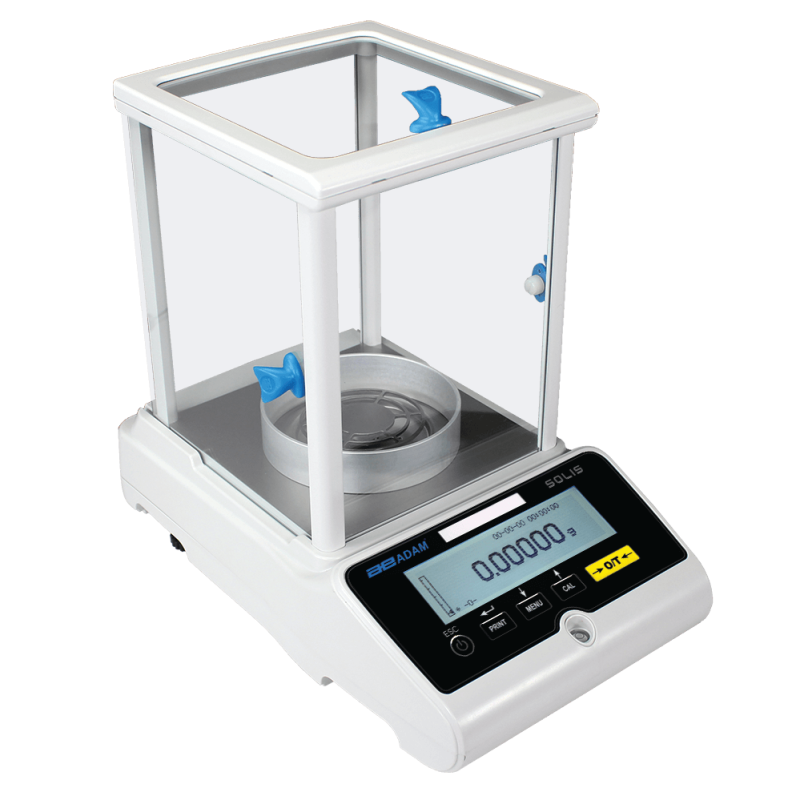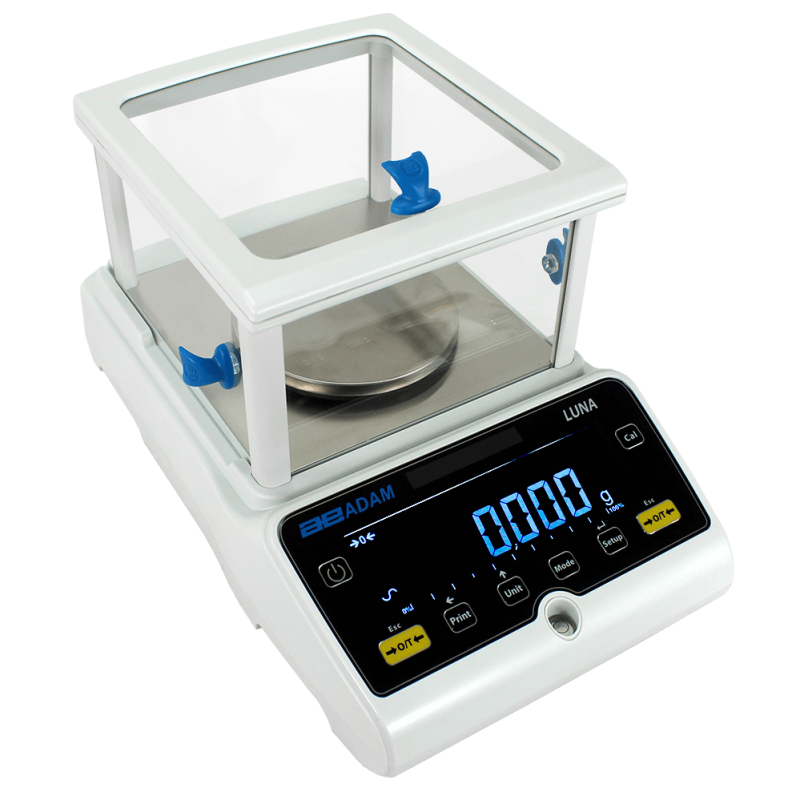Products
Laboratory Balances & Scales
Get the right balances and scales for the laboratory for Labec. We have a range of laboratory balances and scales designed specifically for scientists to achieve precise and fast result readings. Both our Solis and Luna series models are durable and simple to use and come with helpful navigation arrows.
Frequently Asked Questions
What is the purpose of a laboratory balance scale?
Balance scales in a laboratory are used to accurately measure substances within a specific weight range. They are typically used to weigh small amounts of substances in weights of milligrams or micrograms.
How accurate are Labec’s laboratory scales?
Labec’s laboratory scales deliver precise weights down to 0.001g
How can I calibrate my laboratory balance?
To calibrate your balance you can follow these tips:
- Read the Manual: Each balance has specific calibration procedures. Always start by reading the manufacturer’s manual.
- Choose the Right Calibration Weight: Use the appropriate calibration weight for your balance, typically provided by the manufacturer.
- Environment: Ensure the balance is in a stable environment, away from vibrations, drafts, and temperature fluctuations.
- Warm-Up: Turn on the balance and let it warm up as per the manufacturer’s recommendation.
- Clean the Balance: Remove any debris or residues from the balance.
- Zero the Balance: Make sure the balance reads zero before placing any weights.
- Place Calibration Weight: Carefully place the calibration weight on the balance.
- Adjustment: If the reading is off, use the calibration function to adjust the balance. Some balances calibrate automatically.
- Repeat if Necessary: Repeat the process if the initial calibration does not bring the balance to the correct reading.
- Record Calibration: Keep a log of calibration for reference and maintenance schedules.
How often should I calibrate my laboratory balance?
- Daily: For high-precision balances used in critical measurements, a daily check with a standard weight is advisable.
- Weekly/Monthly: For less sensitive balances, weekly or monthly checks may suffice.
- After Relocation: Always calibrate after moving the balance.
- Change in Conditions: Calibrate if there’s a significant change in environmental conditions.
- Regular Scheduled Intervals: Establish a regular calibration schedule based on the balance’s usage frequency and the importance of accuracy in your measurements.
How do you maintain a laboratory balance?
There are 10 key steps in maintaining your laboratory balance scales.
- Regular Calibration: Regularly calibrate the balance to ensure accuracy. The frequency depends on usage and the balance’s sensitivity.
- Clean Regularly: Clean the balance regularly to remove dust, debris, or chemical residues. Use a soft, lint-free cloth to gently wipe the balance.
- Proper Handling of Samples: Always handle samples carefully to avoid spilling substances on the balance.
- Use Appropriate Containers: Place samples in appropriate containers to avoid direct contact with the balance pan.
- Avoid Overloading: Never exceed the maximum capacity of the balance as it can damage the weighing mechanism.
- Stable Environment: Keep the balance in a stable environment, away from drafts, vibrations, and temperature fluctuations.
- Check for Wear and Tear: Regularly inspect the balance for any signs of wear or damage, especially the weighing pan and buttons.
- Professional Servicing: Have the balance serviced by a professional periodically, especially for high-precision balances.
- Training and Usage: Ensure that all users are trained on the correct usage and handling of the balance.
- Documentation: Keep a log of maintenance activities, calibrations, and any repairs or issues for future reference.


